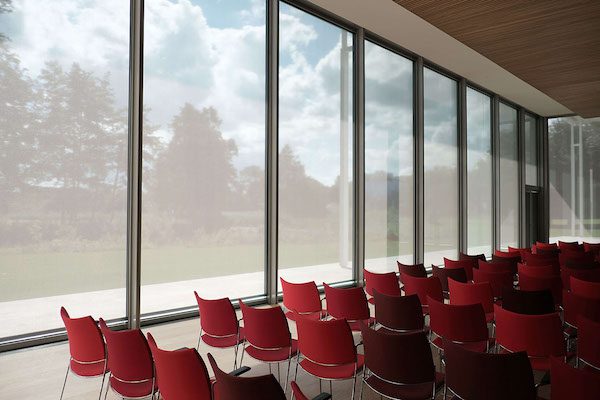

Most technology-based businesses begin with a great idea and some special insight from their founders – a visionary CEO, a gifted CTO. Blessed with the zeal that their innovative new product or service has an expectant market just waiting to be fulfilled, they raise money, work like crazy evangelising their message, make the crucial first sales and develop some market momentum.
As their vision becomes realised, they fill out their supply chain and their channel partners. By now their requirements are definable, predictable and measurable, allowing them to specify exactly what they need from suppliers and to choose the best tenders; and exactly what they can expect from their channel partners allowing them to set the necessary expectations and rewards for successful sales.
And if this were a fairy tale, we’d say they all lived happily ever after (until a step change in technology or a new operating system).
Sadly, the real world is no fairy tale. More than ever, innovation is a constant requirement, and a firm that does not continually innovate to improve its offering for its customers will quickly be overtaken by companies that do. However, the process often requires specific expertise and knowledge outside established competences. Bringing it into the fold is also a real challenge.
Some try to establish within the firm specialist units tasked with developing new technologies likely to provide useful synergies with the existing product line. Sometimes called “garage” units, these subsidiaries are encouraged to think and act like entrepreneurial start-ups, separated from the disciplines of the established organisation and with their own distinctive culture. Problems often arise, however, when the results of such initiatives come to be integrated back into the parent firm. Cultural fit is difficult to achieve.
Another potential route is through collaboration with outside firms. But here too there can be problems. Identifying the firm whose products are the right fit, establishing formalised relationships and reward mechanisms can be fractious and time consuming. In the area of technology, the pace of change is so fast that by the time the relationships have been established and agreed, the market has moved on.
Perhaps a better approach is that of Open Innovation, where companies collaborate at a very early stage in the development of each other’s product lines and how they can be of mutual benefit.
A clear example to follow is that of the Open Source movement in the software industry, where participants get free use of each other’s code and are given the freedom to develop and make changes to the source, provided that they make those developments freely available to the community as a whole.
Instead of customers paying for the software itself, they pay for the services and support that the Open Source community provide. Companies then compete on the basis of their overall product and service offering rather than on the sale of the product itself.

In the case of hardware companies, Open Innovation requires a leap of faith from participating companies. The host must trust the smaller party with complete exposure to its entire value chain, from processes and internal IT systems to its suppliers, channel partners and even customers. The prize is that the synergies ensuing from such collaboration benefit both parties in the long run. The established larger firm gains innovative technologies that enhance its existing product line and does so at speed; the smaller, newer firm gains access to volume sales and greater exposure much faster than it could have done on its own.
The approach is hardly free of risk: each partner has to agree just where the boundaries of ownership over new product lines are drawn. Who owns what is a familiar stumbling block. But the real value of Open Innovation come about when partners cease to be paranoid about ownership issues and focus instead on moving the abstraction layer upwards: defining their uniqueness as how they best service their customers and with the best technologies, rather than fretting about which component or widget they own exclusively.
After all, it wasn’t so very long ago when many companies viewed their internal IT capabilities as a competitive resource, able to deliver benefits beyond whatever their rivals could offer. Now, in the era of cloud computing, most back-office IT functions are outsourced to specialist operators with their own expertise and firms compete on how well they improve their customers‘ overall experience. The abstraction layer has been moved upwards.

The Open Innovation approach, applied more widely, offers great rewards to those who dare to admit not only that they can’t do everything by themselves, but that by collaborating more closely and earlier in the cycle, they can better define the best way to innovate; for their own benefit, for their customers and sometimes on behalf of the whole market.
On the 28th November, the first Trackunit Connect Summit is bringing together like-minded individuals and companies to deliberate on the process of innovation, and take a deep dive into the business drivers of digitizing the construction industry. If you’d like to get involved, be inspired, engage and socialize as part of future events, please drop me a line at [email protected] with „Connect Summit“ in the subject matter.
So bleiben Sie immer auf dem Laufenden. Wir senden Ihnen eine E-Mail, wenn neue Artikel zum Thema Telematik veröffentlicht werden.